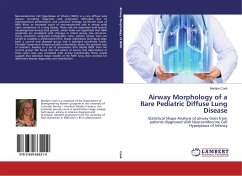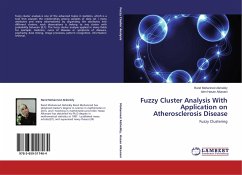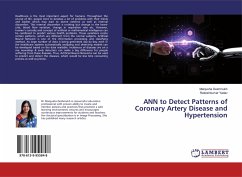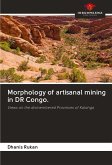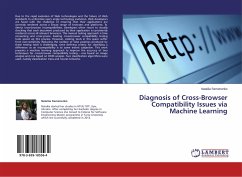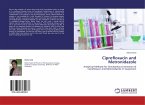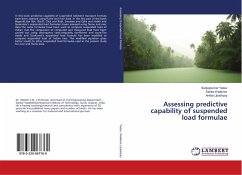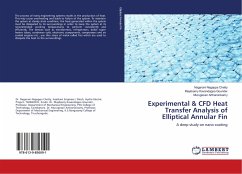Neuroendocrine Cell Hyperplasia of Infancy (NEHI) is a rare diffuse lung disease, providing diagnostic and prognostic difficulties due to heterogeneous presentations and unknown etiology. Confirmed cases of NEHI show an increased count of neuroendocrine cells in airway walls upon completion of a lung biopsy. These cells are associated with branch morphogenesis during fetal growth, which leads our hypothesis that NEHI symptoms are correlated with changes in infant airway tree structure. Using volumetric computed tomography scans, patient airway trees are edited to establish a skeletonized form. Image registration techniques align both a control and diseased group into a standard coordinate frame. Principle Component Analysis provides information about the greatest axes of variation, leading to a set of parameters that classify NEHI from the control group. We found that the extent of airway tree deformation in these given axes was correlated with airway functionality. These resultssuggest that statistical shape models of the NEHI lung show promise for alternative disease diagnostics and stratification.
Bitte wählen Sie Ihr Anliegen aus.
Rechnungen
Retourenschein anfordern
Bestellstatus
Storno

